For millions of car shoppers, buying a used car is the best way to save money on a vehicle. Unfortunately, finding the perfect used car is far more complex than buying a new one because of all the unknowns. You’re taking the previous owner’s word as gospel. Who knows what they’re not telling you about their car?
Every prospective used car buyer should perform several critical inspections before handing over any money. From checking for leaks to testing the air conditioning, here’s everything a savvy buyer should look for when buying a used car. If you’re unsure about these steps, you can always ask your favorite mechanic to check out the vehicle.
1. Ask For the Service History

When inspecting a used car, whether you buy from a dealership or a private party, the first step should be getting a copy of the service history documentation. It’s crucial to know what the vehicle has been through, its repairs, and its accident history.
Services like CarFax specialize in providing this history, but at the very least, the seller should provide you with physical documentation and receipts showing the vehicle’s history.
2. Check For Coolant Leaks
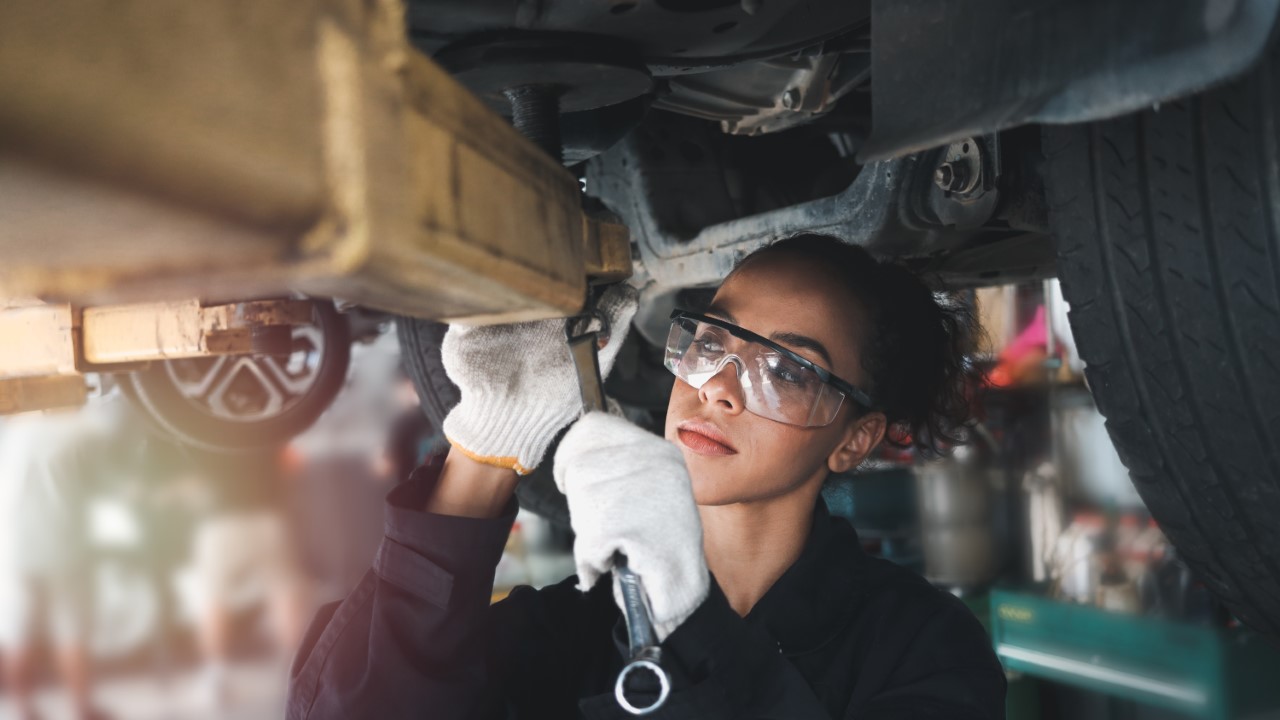
Repairing a car’s radiator is one of the owners’ most common expenses. Still, it’s shocking how many people put it off until it’s too late. Check for coolant leaks by popping the hood and examining the hose that runs from the engine to the radiator. If there’s a leak, that’s a problem.
If you’re hesitant to look under the hood, a quick check under the front of the car can also reveal potential issues. If you notice a pool of pink, yellow, or green liquid, it’s a clear sign of a coolant leak.
3. Test All Power Windows
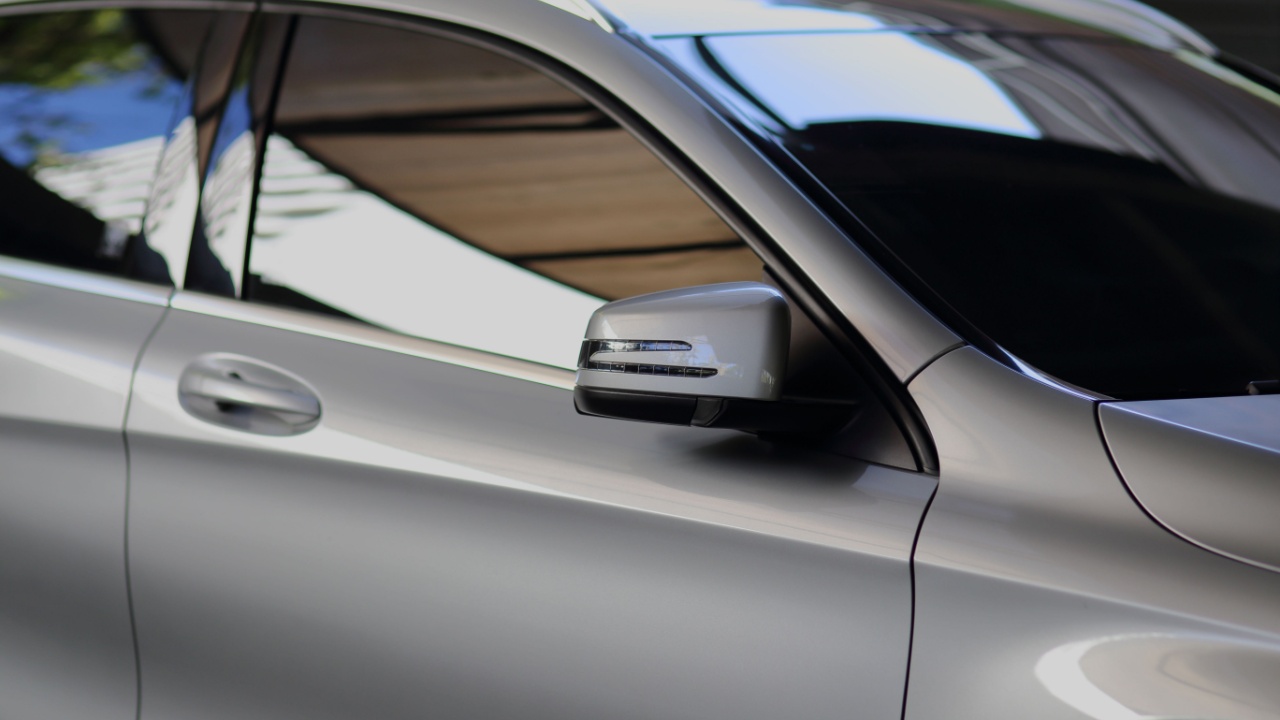
When you buy a car, you expect all the bells and whistles to work correctly. However, don’t be surprised if a power window or two doesn’t work. It’s paramount to test these before you buy.
Unfortunately, repairing a power window motor (especially in foreign-made vehicles) can be pricey, and many longtime car owners never get around to fixing them. Buyer beware.
4. Check For Oil Leaks
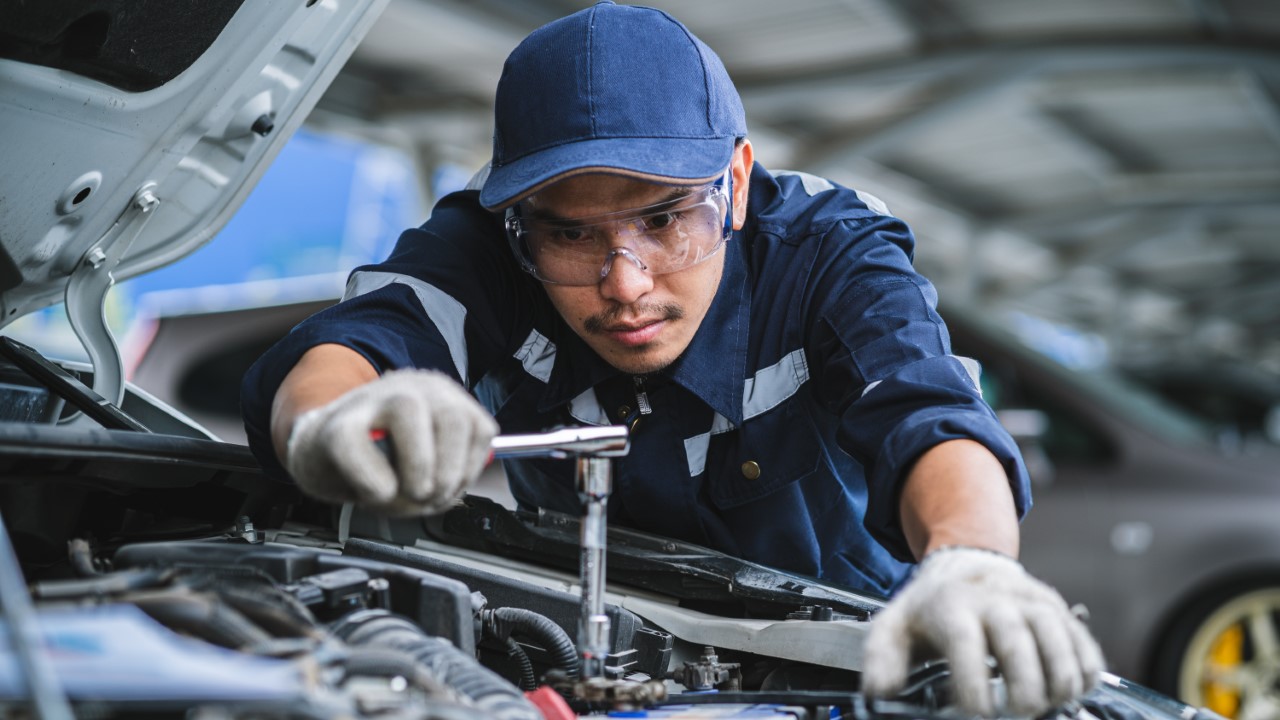
Like coolant, an oil leak can identify significant issues in a used car. Oil leaks are easy to spot. If there’s oil in the engine bay or underneath the vehicle, you’re looking at a leak, indicating potential significant issues with the engine.
Unless you’re looking for a car that will last only a few weeks, steer clear of any vehicle with an oil leak, regardless of potential bargain-basement prices. You get what you pay for.
5. Check Tires For Wear
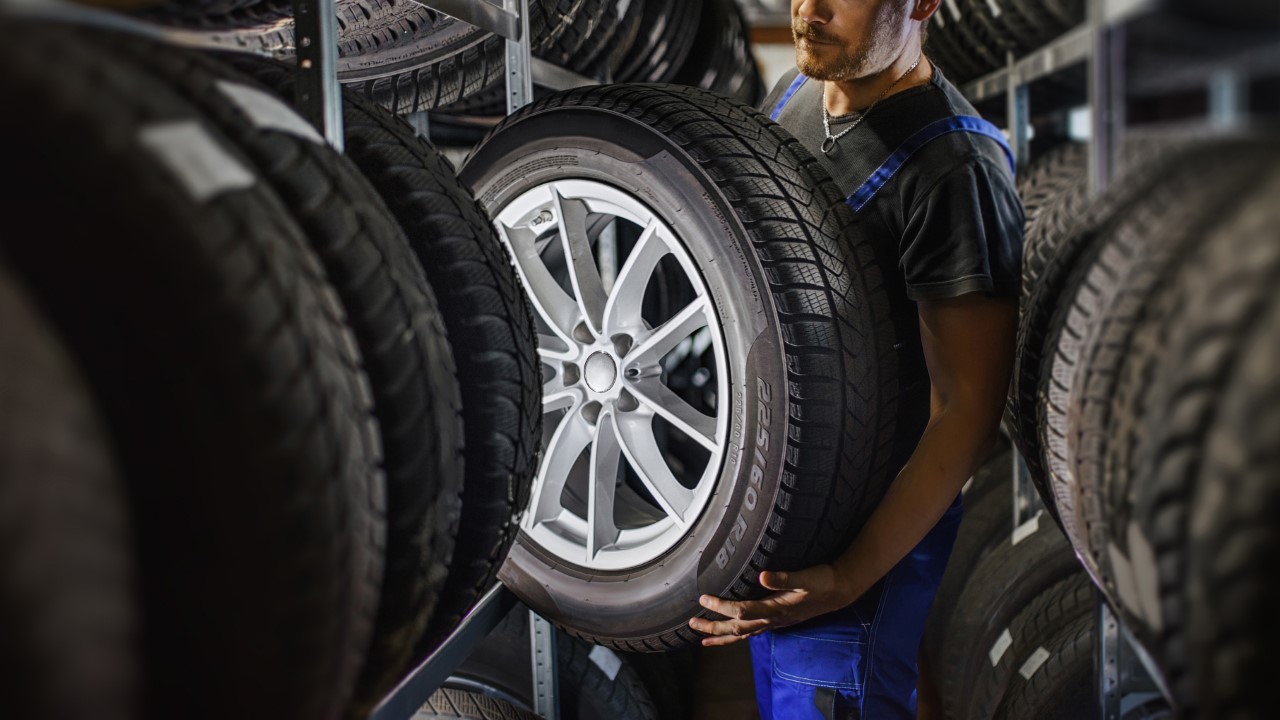
Check all four tires. Uneven wear usually indicates alignment issues, aggressive driving behavior, or other mechanical problems. Vehicles that run efficiently and safely should have even tire wear.
You’re rolling the dice if you overlook uneven tire wear, so I don’t buy a car with suspicious wear and tear on the tires and wheels.
6. Test the Brakes
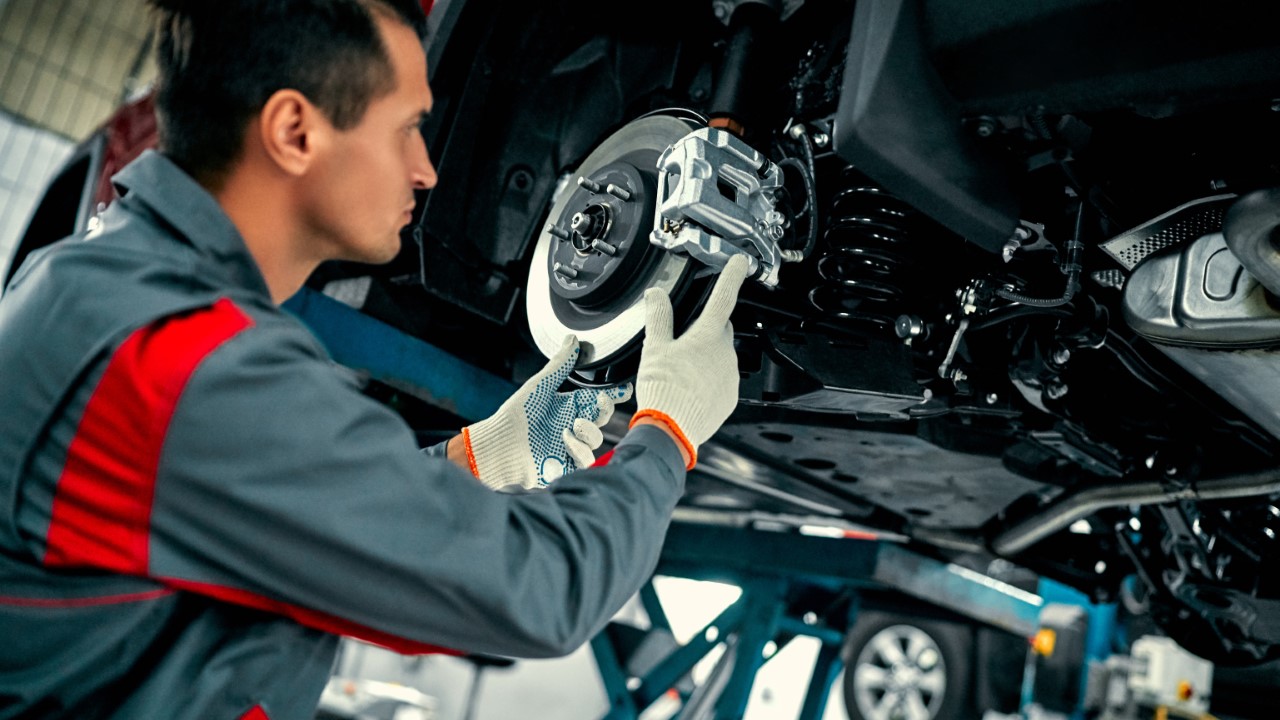
While many of these inspections may seem tedious, testing the brakes, such as “slam on the brakes,” is satisfying, considering it’s not even your car.
No explanation is necessary as to why testing the brakes is critical. If the car you’re considering purchasing has terrible brakes, it’s not worth the effort to buy it. Even if the car stops just fine, hearing a grinding or whirring noise while applying the brakes may indicate that the brake pads and/or shoes need attention. The last thing you want is to buy a car and immediately take it to the shop for a $500 brake job.
7. Is the Check Engine Light Illuminated?

The “check engine” light is arguably the smartest “idiot light” on the dash panel. In short, it tells you something is wrong with the car. Use this information to aid you in choosing a good used car.
It’s pretty straightforward. If the car you’re looking at has a check engine light that is illuminated, flashing, or (God forbid) pulsing, walk away right then. No discount on the sales price will be worth the hassle of having it in the shop while the mechanic asks the computer what’s wrong.
8. Examine the Paint
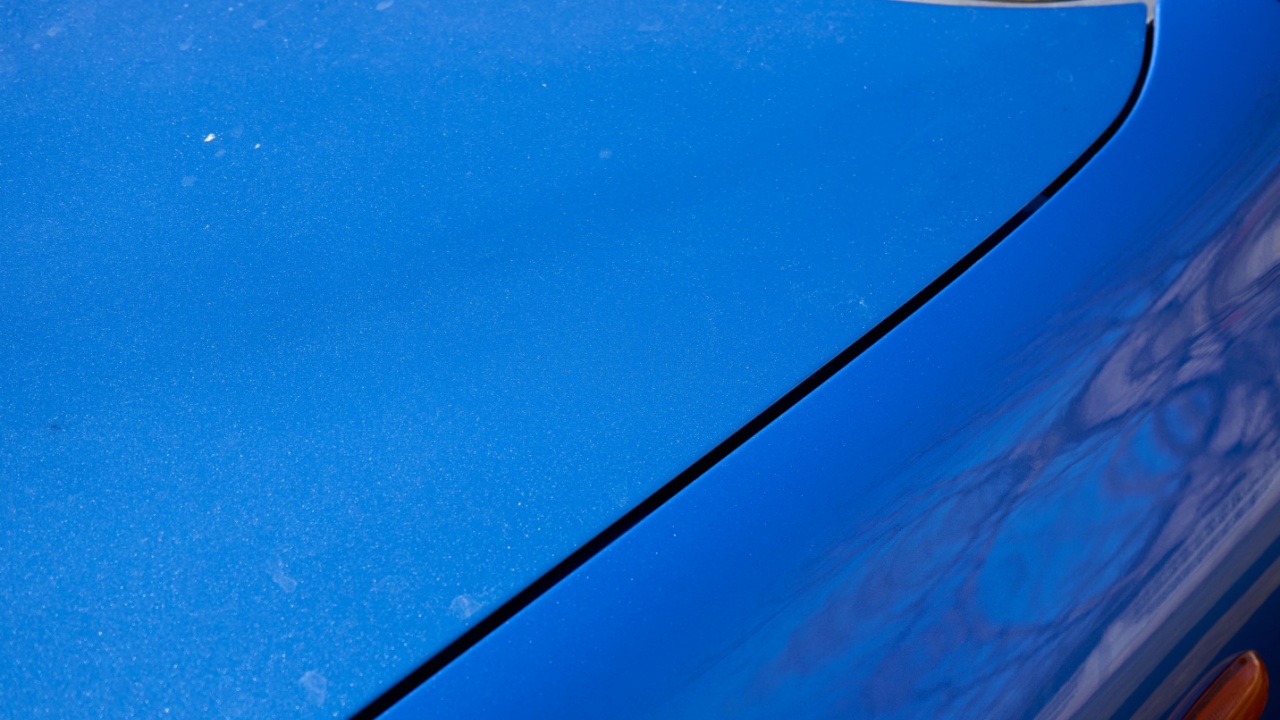
Don’t forget to look closely at the car’s exterior paint. Suspiciously colored, barely color-matched paint sections could indicate significant body damage at some point in the car’s lifespan, even if its service records don’t document any accidents.
While you’re not necessarily looking for pristine, straight-from-the-factory paint jobs, you should be looking for a respectable paint job that doesn’t pull your focus.
9. Use Your Nose

Sometimes, the biggest red flags are right under your nose. Use your sense of smell to your advantage. For example, a burning smell from the engine bay or an odd-smelling interior should make you walk away from any purchase.
Trust your instincts. If something smells wrong, don’t be afraid to refuse even an excellent offer to buy the car.
10. Turn on the Radio
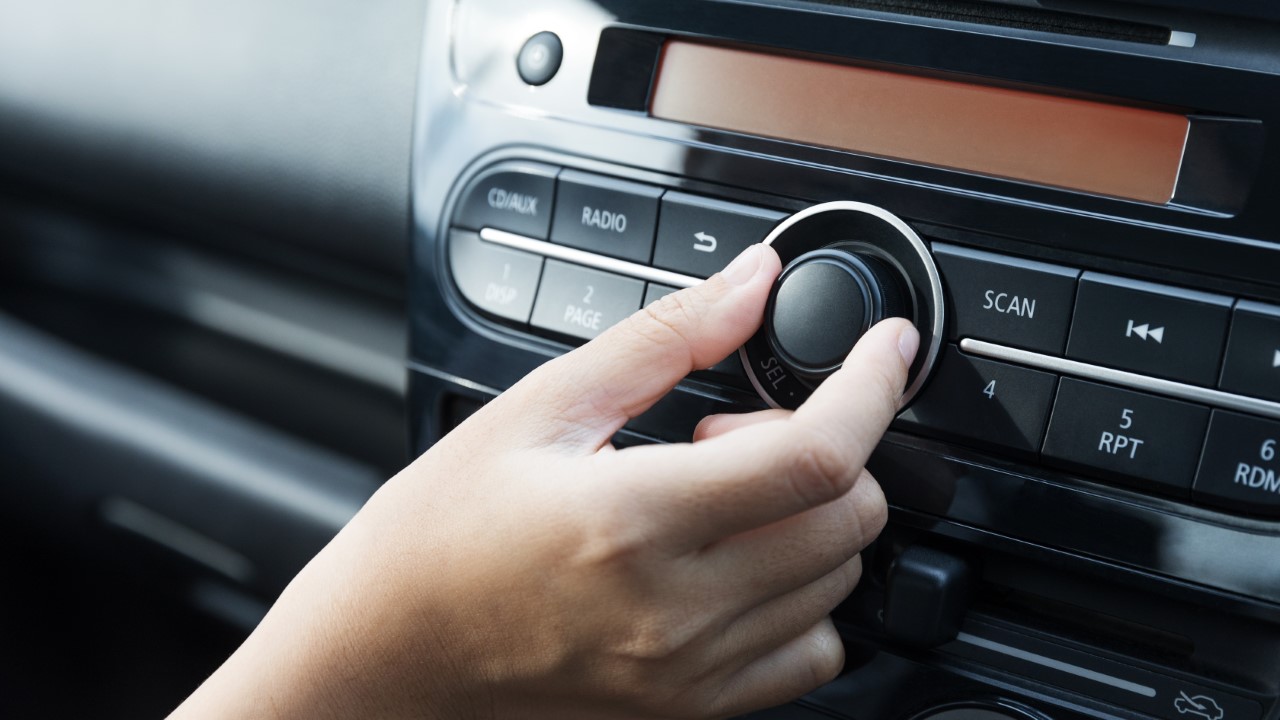
I remember the day I drove to Santa Monica from San Diego to buy a used Saab 9-3 that looked incredible in photos. After I drove it, I knew I had to buy it. On the ride home, I realized the car’s stereo was broken. It didn’t work at all. I was crestfallen.
Let my story be a lesson to others: always test the radio before you buy a used car. They are costly to replace, and you shouldn’t be the one to do it.
11. Check All the Switches and Buttons
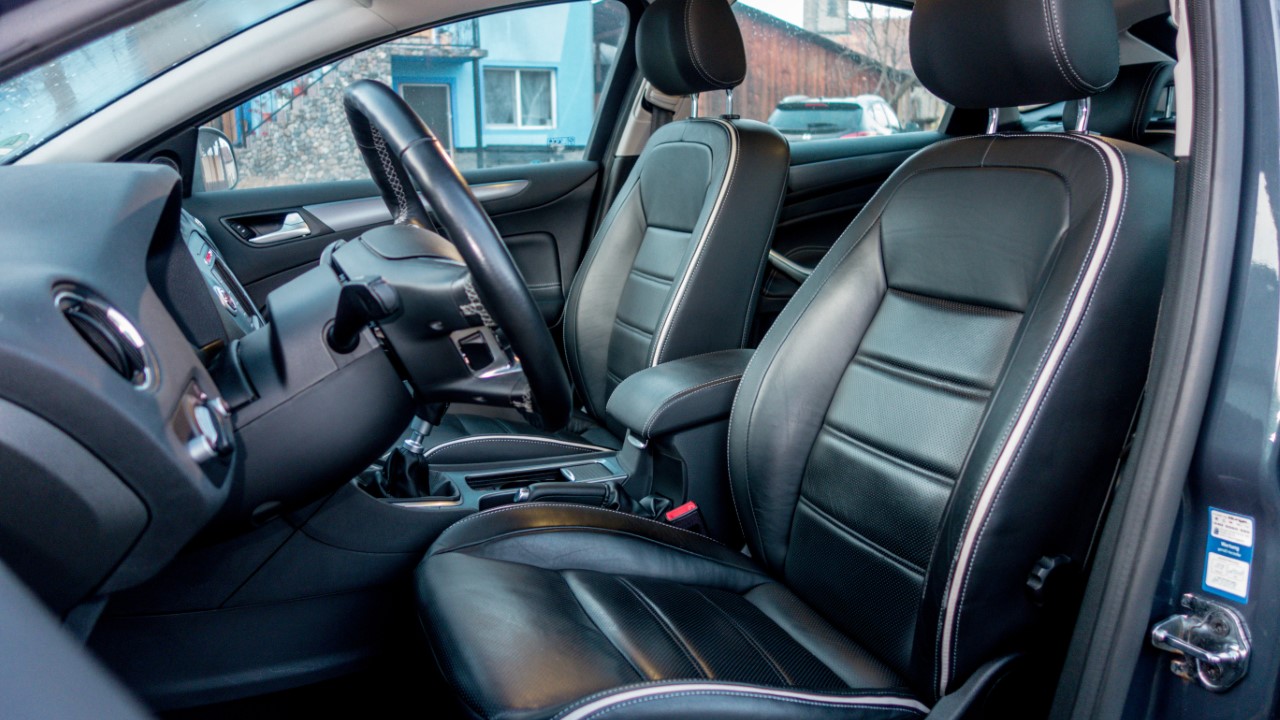
Interior switches, buttons, knobs, and dials wear out over time, but some car dashes crumble faster than others. Don’t be afraid of looking like a crazy person. Check every button to ensure it works as intended.
Leave no knob un-twisted, no switches un-flipped. Ultimately, you’ll save countless dollars in repair costs if you do your due diligence and verify that all interior parts are in perfect working order. (If they’re not, don’t be afraid to ask for a few dollars off the asking price.)
12. Take a Test Drive

A test drive is arguably the most essential pre-buying car inspection. When driving the car for the first time, ask yourself: Does everything feel okay? Can you picture yourself driving this car? Do you hear any weird noises while on the road? Does it feel safe?
While you inevitably encounter test drives that identify significant problems with the car, you’ll primarily use the exercise to get into the proper mindset. If it doesn’t “feel” right, that’s all the information you need.
13. Do a Light Check

Several times, a friend or family member proudly showed me their new (used) car, and they were shocked when I pointed out that a tail light was out. Broken bulbs or non-functioning lights are easy to miss during initial inspections, especially during the day.
Nothing ruins a used car purchase faster than getting pulled over for a broken tail light just a few minutes after you hand over your hard-earned cash.
14. Examine the Engine Bay
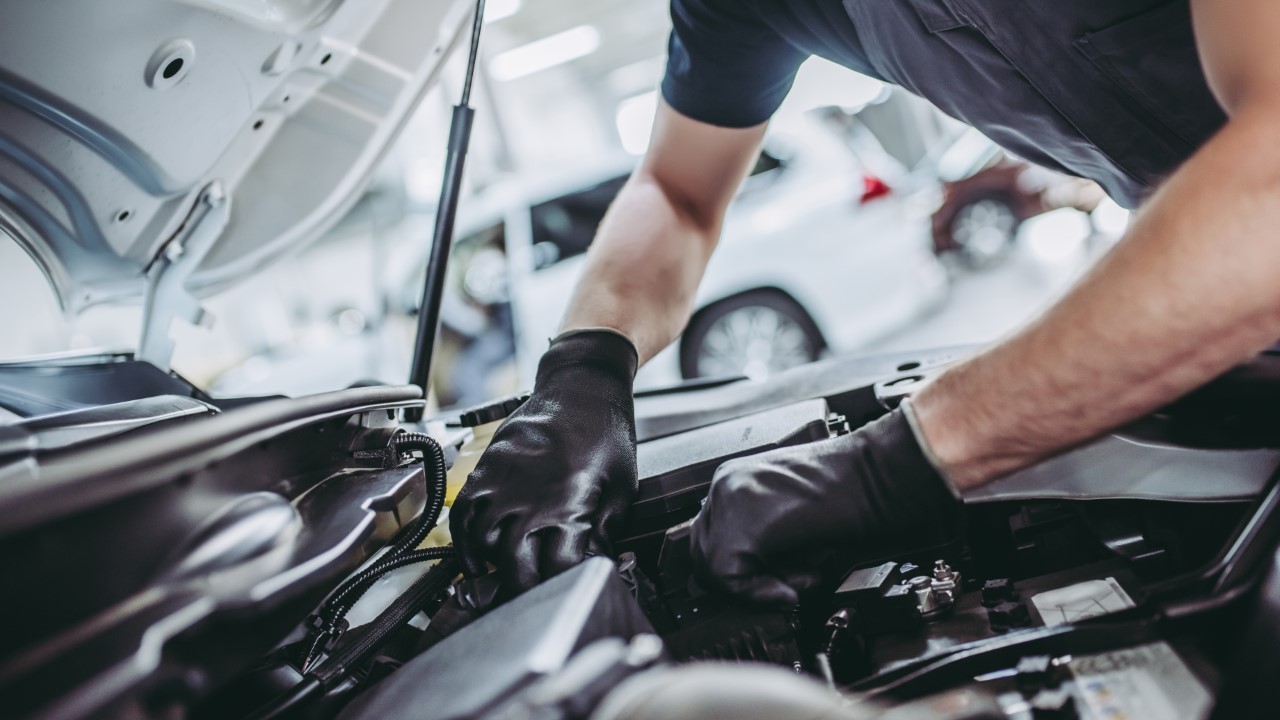
Like the exterior paint job, the interior of the engine bay could indicate abuse by the car’s current owner. Most engine bays should be relatively clean. However, if it’s filthy (covered in dust, leaves, oil, or other random liquids), that could indicate that the owner did not care for the car as much as they say they do.
Responsible owners take good care of their vehicles. Ideally, you’re not looking for a spotless engine bay, but you want to avoid a disaster scene if possible.
15. Check the Air Conditioning
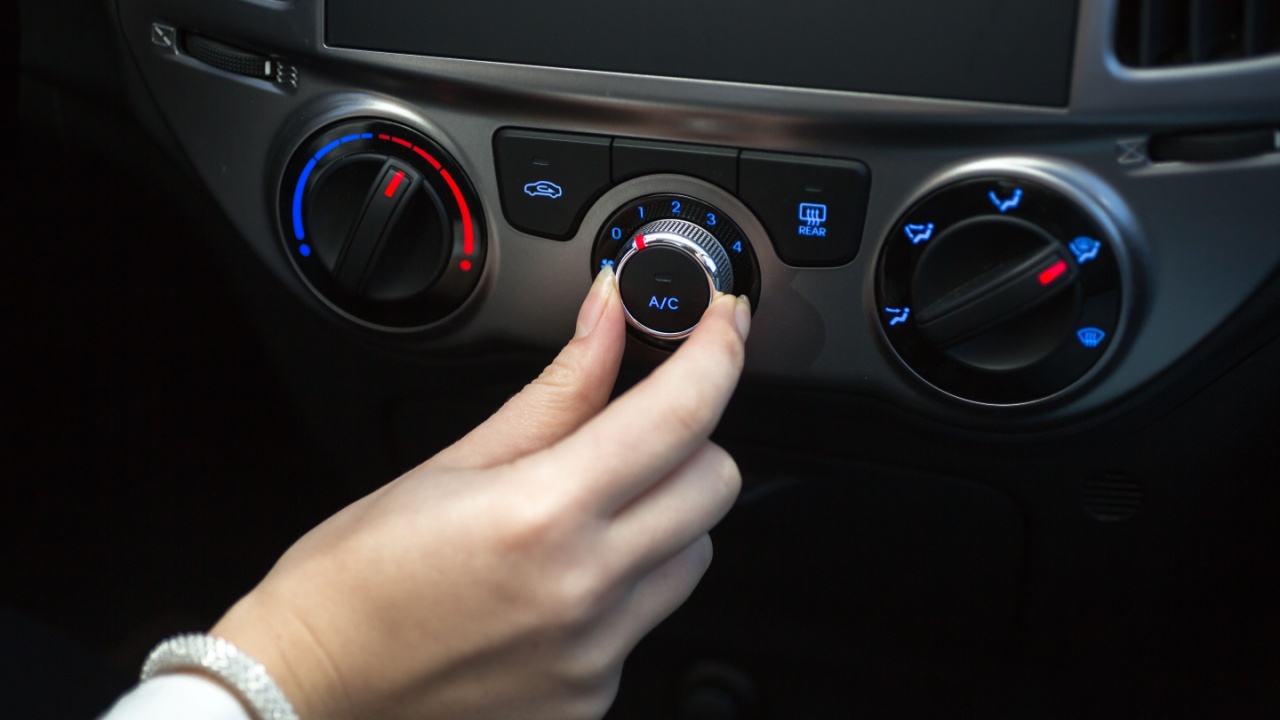
Strangely, car air conditioners are usually among the first major components to go. The associated repair cost is usually enough to make owners forego fixing them, even though no one wants to drive around any car with broken air conditioning.
Don’t be the sucker who buys a used car while telling themselves, “I’ll survive without working air conditioning.” You’ll regret skimping on such a valuable feature, especially when your skin sticks against your seat on warm days.
Read More From Us – 17 Movies With Zero Expectations That Blew Us Away

Never judge a book by its cover. You can say the same about movies.
Some of our favorite films are the ones we went into with no expectations. Despite this, they blew us away from start to finish.
17 Movies With Zero Expectations That Blew Us Away
Read More From Us – Classic 80s Movies Better Than Anything Released Today
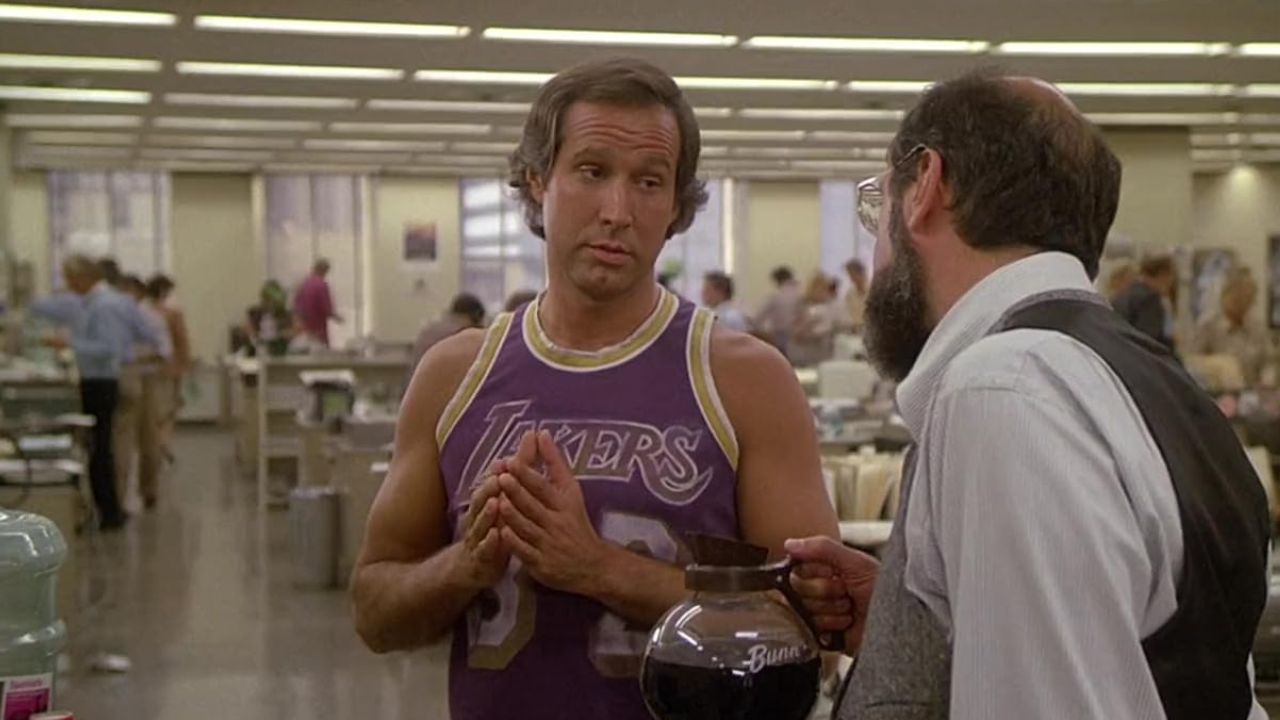
The 80s was an incredible time for film. From award-winning cinema to hilarious comedies and everything in between, there was something for everyone to enjoy.
Thankfully, many of these 80s movies still hold up today. I regularly find myself watching these beloved 80s movies more often than modern cinema.
